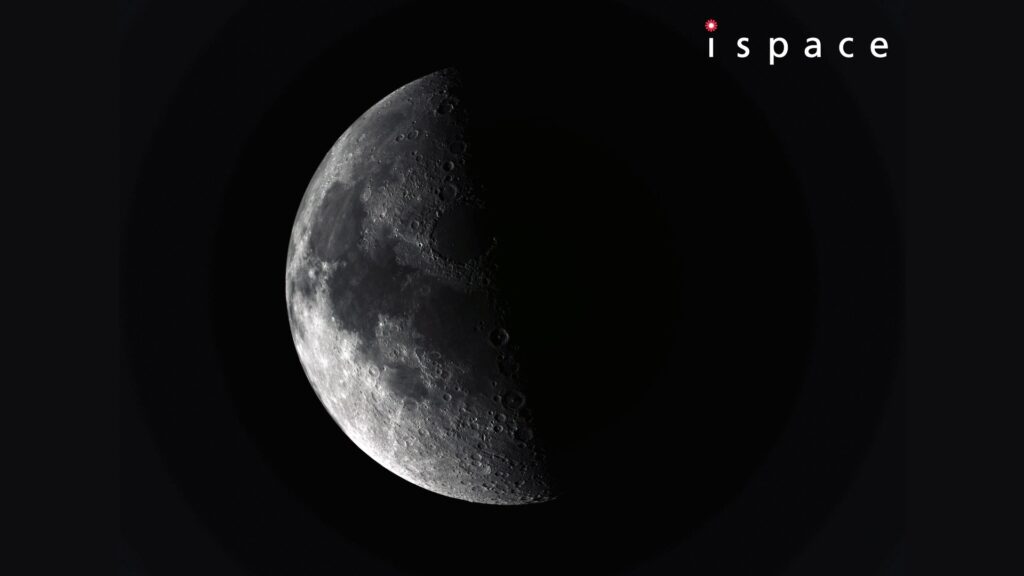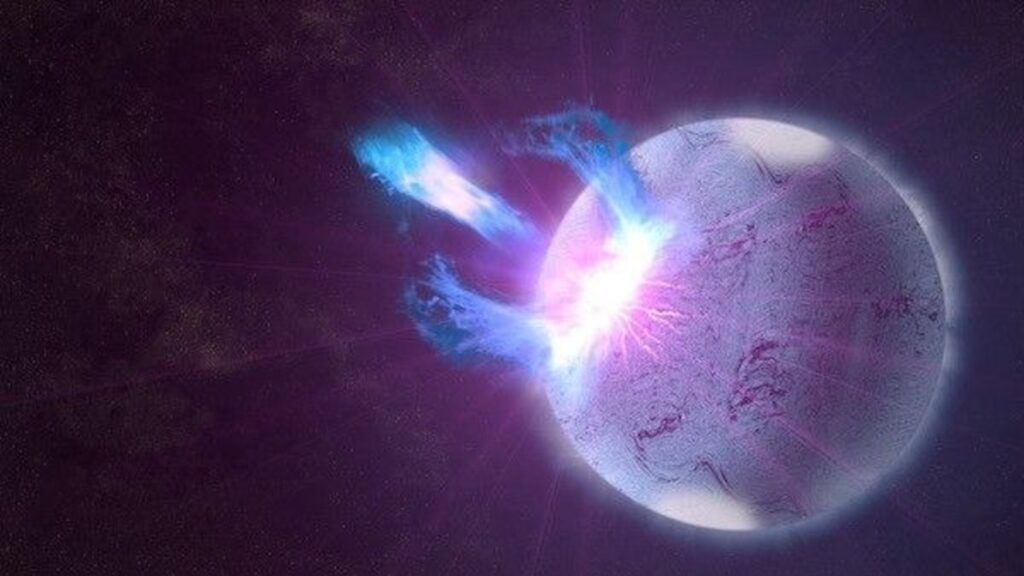The gas giant Jupiter steals the show in these two new portraits of the planet’s opposing faces, showing the swirling storms and tumultuous cloud bands blown by winds raging at hundreds of miles per hour.
The Hubble Space Telescope took these images on Jan. 5-6, 2024. Jupiter rotates once every 10 hours, Hubble was able to image one hemisphere with the famous Great Red Spot visible, and wait for the other hemisphere to come into view before imaging that.
The latest images show that Jupiter is currently experiencing some action. “The many large storms and small white clouds are a hallmark of a lot of activity going on in Jupiter’s atmosphere right now,” said Simon in a press statement.
Related: Mystery of Jupiter’s Great Blue Spot deepens with strangely fluctuating jet

Jupiter passed through perihelion — its closest point in its orbit around the sun — on 21 January 2023, and it seems that a year later the extra solar heating of Jovian summer is still stirring up its atmosphere.
The gas giant’s most distinctive feature is its dark and light banding, visible through even a four-inch back-garden telescope. With Hubble’s vision, we see every detail of those bands. The lighter bands are called ‘zones’ and are areas where the atmosphere is rising. The darker bands are referred to as ‘belts’ and are areas where the atmosphere is sinking. The whole atmosphere is undulating as it rotates around Jupiter, but it doesn’t rise or sink too much — the clouds are only about 30 miles (50km) deep, which is a shallow layer compared to the rest of the atmosphere that extends tens of thousands of miles deep.
In one hemisphere we can see the famous Great Red Spot, which has been raging for at least nearly 200 years, and quite possibly for much longer if observations by English astronomer Robert Hooke and the Italian Giovanni Cassini and 1664–5 were of the same storm. However, there’s a big question mark over the Great Red Spot’s continued longevity, because it is shrinking at an alarming rate.

In the late nineteenth century the Great Red Spot was measured to be about 25,500 miles (41,000 km) across, with enough area to squeeze three Earths inside of it. However, when the Voyager 1 and Voyager 2 spacecraft flew past Jupiter in 1979 they measured that the Great Red Spot to be 14,500 miles (23,300 km) in diameter; by 1995, when Hubble viewed Jupiter, its diameter had decreased to 13,020 miles (20,950km).
In 2014 it was 10,250 miles (16,500 km); in 2021 just 9,165 miles (14,750 km); and in November 2023 ace amateur astrophotographer Damian Peach measured it to be 7,770 miles (12,500km). The Great Red Spot has gone from being a huge oval big enough to fit three Earths, to being circular and not even large enough to fit a single Earth (which has a diameter of 7,926 miles (12,756 km).
The cause of this shrinking remains a mystery. Is the Great Red Spot going to blow itself out, or will it find a second wind in the future? One of the purposes of OPAL is to track the Great Red Spot and monitor how it is changing to try and work out what’s happening to it.
Nevertheless, its size is still impressive — a huge storm the size of our planet, with roots 500km (~300 miles) deep in the Jovian atmosphere and with winds raging at between 430 and 680 kilometers per hour (267–422 mph)!
The Great Red Spot isn’t the only red spot on Jupiter, however. In the late 1990s three ‘white ovals’ — smaller storms that had been observed throughout the twentieth century — merged to form a new storm called Oval BA. Then, in 2006 Oval BA turned red, prompting the nickname ‘Red Spot Junior’. It too has shrunk somewhat over the years, and can be seen below and to the right of the Great Red Spot in Hubble’s image.
What makes the storms turn red is another unanswered mystery. Evidently it is to do with chemistry, possibly involving the dredging up of phosphorous or sulfur, or organic molecules that react with solar ultraviolet light when they rise up into the cloud deck.
RELATED STORIES:
At first glance the other hemisphere appears a little more bland without the two big, main red spots to spice things up, but on closer inspection there is plenty going on. In the planet’s North Equatorial Belt (the first red band north of the equator) we can see two smaller storms, one deep red, another a paler red, bumping next to each other. The deep red storm is a cyclone, meaning that it is rotating counterclockwise in Jupiter’s northern hemisphere, while its paler companion is an anticyclone, which is rotating in a clockwise direction. Because they are swirling in opposite directions they won’t merge, but rather will bounce off each other.
And as an added bonus, on the left hand side of the image close to the limb of the South Equatorial Belt, we can see Jupiter’s innermost moon, the volcanic and fiery Io.
Hubble’s portraits of Jupiter, and the other gas giants, have become an annual event as part of the Outer Planet Atmospheres Legacy (OPAL) program, headed up by planetary scientist Amy Simon of NASA’s Goddard Space Flight Center. With the help of both Hubble and an army of amateur astronomers all around the world, OPAL is able to keep tabs on the giant planets and monitor activity in their atmosphere.


